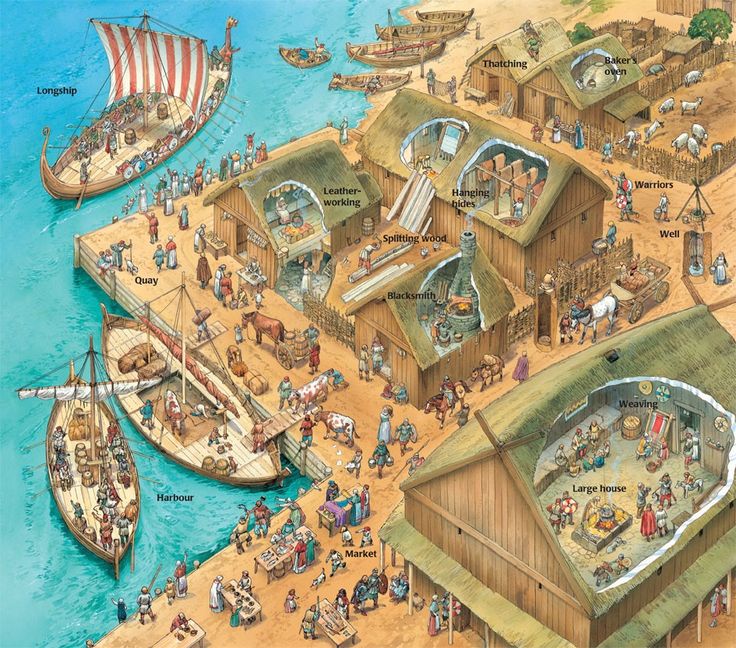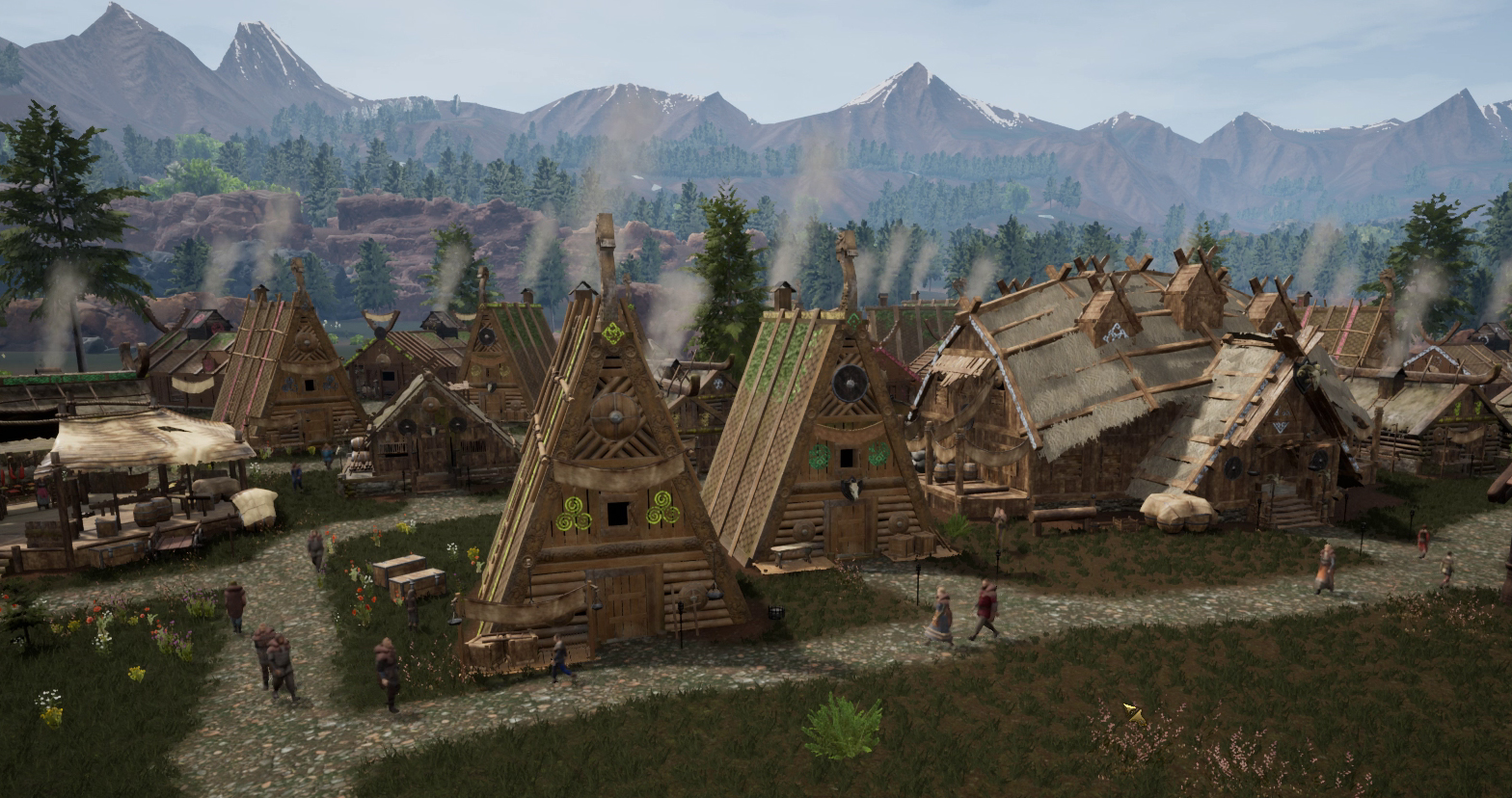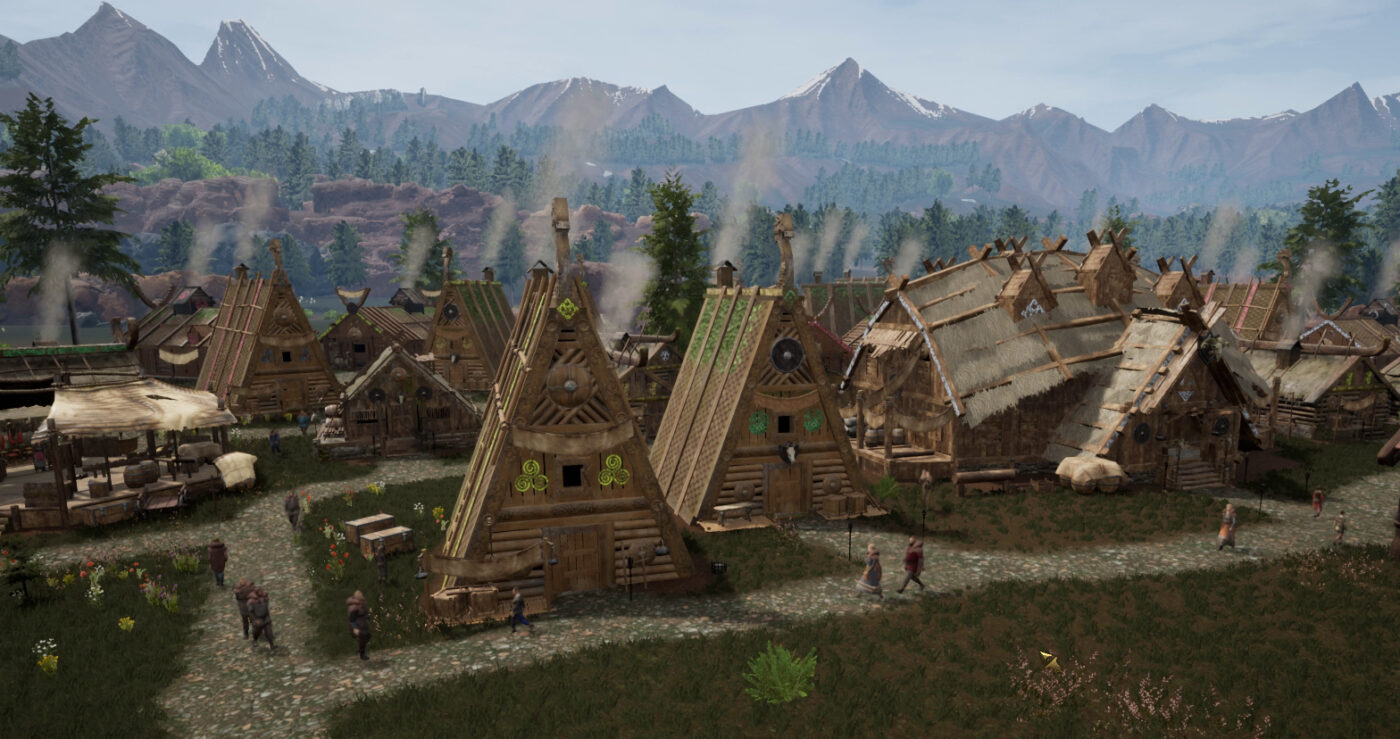Nordic Discovery, Viking
A centuries-old mystery: Does this elusive Viking city exist?
After the local government decided to build an observation tower atop a sand hill on Wolin, an island in the Baltic Sea, a Polish archaeologist was called in to inspect the site before construction. Build and search for buried artifacts from the place’s macabre past.
Hangmen’s Hill, a public park, was once a place of executions, a cemetery and, some believe, a place of human sacrifice – so who knows what macabre discoveries await?
But what archaeologist Wojciech Filipowiak found as he began digging caused more excitement than disgust: charred wood reveals the remains of a 10th-century stronghold that could help solve one of the mysteries. Great puzzle of the Viking Age.
Is a fearsome fortress mentioned in ancient texts a literary fantasy or a historical fact?
It has long been known that Norse warriors established outposts more than a millennium ago on Poland’s Baltic coast, enslaving native Slavs to supply trade. The slave trade was booming, as was the trade in salt, amber, and other commodities.
However, no one knows the location of the largest Viking settlement in the area, a town and military stronghold that early 12th-century texts call Jomsborg and associated with a mercenary order Mythical hires can be called Jomsvikings.
Some modern scholars believe that Jomsborg was never a real place, but instead a legend that has been passed down and woven through the ages. The findings at Hangmen’s Hill on Wolin Island may change that view.
Dr Filipowiak, a scholar in Wolin in the archeology and ethnography department of the Polish Academy of Sciences, said: “It is interesting. “It could solve a mystery more than 500 years ago: Where is Jomsborg?”
Interest in the Vikings, once confined mainly to a niche area of scholarly research, has grown in recent years as television series such as “Game of Thrones,” movies, novels, and more Graphic theory and video games adopted — and distorted — Nordic themes, clothing, and symbols. The Viking Age, or at least an approximation of it, has become a permanent part of popular culture.
This is good news for the tourism business in Wolin. Ewa Grzybowska, mayor of Wolin, which includes a town and a broader island district with the same name, said: “The Vikings are very sexy and attract a lot of attention.
But the mayor complains that the number of visitors to her territory is much less than that of resorts near the beach. More money is needed to do the excavation work and develop Wolin into a world-class destination for Viking researchers and amateur enthusiasts, she said.
Pointing out her window at City Hall to a square believed to contain a treasure trove of unexcavated early medieval artefacts, she said: “Wherever you go, there has a piece of history.”
However, that history is often a source of discord.
Nazi archaeologists scoured Wolin, which was part of Germany until 1945, for evidence of a Viking presence – and for evidence of what the Nazis believed was superior of the Nordic race and their domination during the early medieval period over the local Slavic peoples, who later identified themselves as Poles and claimed sovereignty over Poland.
When Poland took control of Wolin after the Second World War, Polish archaeologists hunted for artifacts that strengthened their country’s hold on former German lands and helped strengthen a sense of belonging. about national identity.
Schools in Wolin have hosted re-enactments of Viking invasions of Poland’s Baltic coast and, for decades after World War II, “dates,” said Karolina Kokora, director of Wolin’s history museum. More and more children want to become Slavs protecting the island.
That changed after Poland abandoned communism and started moving towards the West, away from Russia and emphasizing Slavic pride. “After 1989, everyone wanted to be a Viking,” recalls Ms. Kokora.
The public’s fascination with the Vikings has also led to an increase in amateur historical investigative activity.

Among them is Marek Kryda, a Polish-American amateur historian and author of a 2019 polemic book denouncing Polish archeology as a mess of mostly nationalist chauvinism. blind to the Vikings’ role in Poland’s early formation.
Mr Kryda caused a storm of controversy last summer in Poland after he announced in the Daily Mail, a British tabloid, that he had found the grave likely to be Harald’s. Bluetooth, the historic Danish Viking king once ruled in this area.
The consensus among historians is that Harald may have died in the region in the late 10th century but was buried in Denmark.
Mr. Marek said he placed the burial mound that is likely Harald’s in Wiejkowo, a small village inland from Wolin, using satellite imagery. Dr. Filipowiak dismissed that as “pseudoscience”.
Outrage over Harald Bluetooth’s burial ground has turned the Viking king – celebrated as the unifier of hostile Nordic fiefdoms and the inspiration for the name of a wireless technology designed to unify devices. be – to be the cause of noisy divisions.
Grzybowska, the mayor, said she is not qualified to judge whether Harald should be buried in her county but added that she would be happy if it were true. “It will add a special splendor and grandeur to our island,” she said.
Mrs. Grzybowska’s district features a Slavic and Viking Village, dotted with wooden thatched huts and a rune inscription commemorating Harald Bluetooth. But these are modern forgeries – representations of the distant Viking past that spark the imagination but are difficult to identify with certainty despite the decades of archaeologists digging to find them. Looking for traces of Jomsborg.
The museum’s director, Ms. Kokora, has described the elusive 10th-century settlement as a “medieval New York on the Baltic Sea” – a trading center with a mixed population of Vikings, people Germany and the Slavs – has mysteriously disappeared from the map, leaving only a glimpse of its existence in ancient texts.
It is said to have thousands of inhabitants, a fortress and a long pier to house Viking ships going to and from Scandinavia and as far as North America. Traces of the slave trade along the Baltic coast during the first millennium have been found thousands of miles away in Morocco.
Sifting through unearthed pottery pieces on a messy table in her museum, Ms. Kokora said the Vikings weren’t very interested in making vases and weren’t very good at it either. “They just took it from the Slavs,” she said.

In the 1930s, German archaeologists, eager to challenge Polish claims that the area was originally settled mainly by Slavs, excavated a mound on the opposite side of town with Hangmen’s Hill in hopes of finding traces of Jomsborg — and proof that the Scandinavians, an important pillar of Nazi ideology on Aryan supremacy, were there first. They found some artifacts but no evidence of a Viking stronghold.
Parts of Hangmen’s Hill were excavated before Dr. Filipowiak began digging, but not the site selected for construction. The archaeologist says his accidental find of what he thinks may be the 10th-century citadel of Jomsborg still needs further analysis, but he believes it is “80 percent certain” that it is is the location.
Dr Filipowiak said the debate over Jomsborg’s location – or if it really exists – has been “a very long discussion”. “Hopefully, I can help end it.”
Source The New York Times

